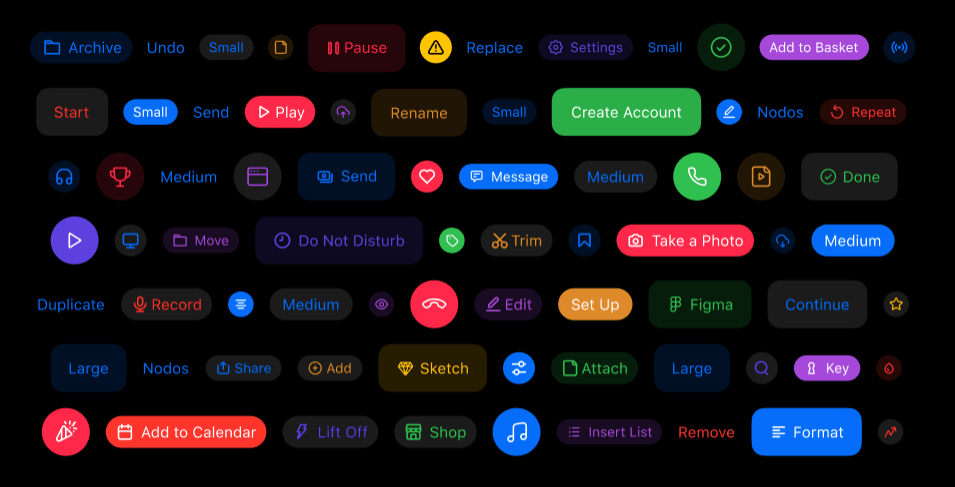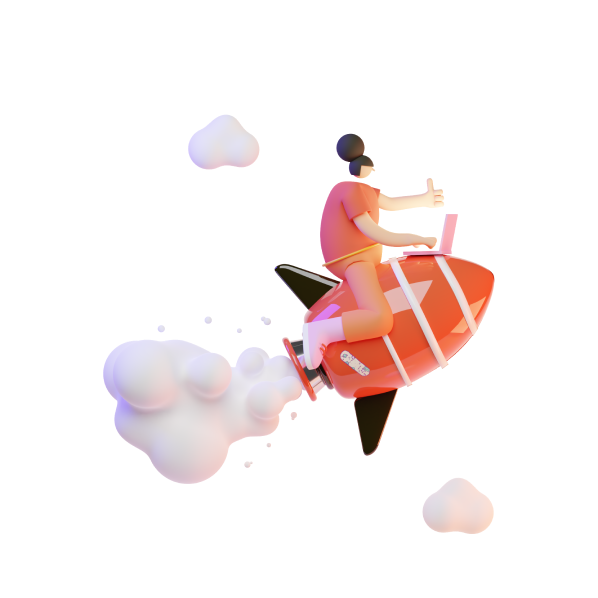
CTA Buttons That Convert: The Science Behind Persuasive Design
Introduction
Call-to-action (CTA) buttons may seem like small elements in a larger user interface, but their design, placement, and messaging can significantly impact user engagement and conversions. Whether you’re designing a website, an app, or a landing page, mastering the art of CTA buttons is essential for driving desired actions.
Why Are CTA Buttons So Important?
CTA buttons guide users toward key actions, such as:
- Signing up for a newsletter
- Making a purchase
- Exploring product features
- Downloading an app
They act as decision triggers, and their effectiveness is rooted in psychology, design, and user experience (UX).
The Psychology Behind Persuasive CTA Buttons
-
Clarity Drives Action
People respond to clear, actionable language. Examples:
✅ “Buy Now”
✅ “Sign Up Free”
✅ “Get Started” -
Urgency and Scarcity
Adding time-sensitive phrases increases conversions. Examples:
🔥 “Limited Offer”
⏳ “Only 3 Left” -
Color Psychology
- 🔴 Red → Urgency & excitement
- 🟢 Green → Safety & confirmation
- 🟠 Orange/Yellow → Enthusiasm
-
Trust Signals
Users hesitate before clicking. Adding trust elements like:- ✅ “Secure Checkout”
- 🔄 “Cancel Anytime”
How to Make Your CTA Buttons Stand Out
✔ Visual Design Matters
- Use bold, contrasting colors.
- Ensure adequate padding for easy clicking.
- Rounded edges feel more inviting.
✔ Placement Is Key
- Position CTAs in high-visibility areas.
- Use sticky elements for mobile users.
✔ Microcopy for Motivation
- Instead of "Click Here," try:
✅ “Start My Free Trial”
✅ “Show Me How It Works”
Common CTA Button Mistakes to Avoid
❌ Too Many CTAs
- Multiple CTAs per page = confusion. Stick to one primary CTA per screen.
❌ Generic Button Design
- If your CTA blends in, users might miss it. Use unique colors, animations, or icons.
❌ Ignoring Button Hierarchy
- Prioritize CTAs properly:
- Primary CTA: "Sign Up Now"
- Secondary CTA: "Learn More"
CTA Button Types and Their Use Cases
| Button Type | Use Case |
|---|---|
| Primary Buttons | Main actions (e.g., "Buy Now", "Sign Up") |
| Secondary Buttons | Supportive actions (e.g., "Learn More", "Go Back") |
| Tertiary Buttons | Least priority actions (e.g., "Cancel", "Skip for Now") |
Proven CTA Button Strategies for High Conversions
1. Test, Test, Test
- A/B test designs, placements, and wording to optimize performance.
2. Leverage White Space
- Surround buttons with ample space to draw attention.
3. Mobile Optimization
- Make buttons thumb-friendly.
- Position them within easy reach on mobile screens.
4. Add Feedback
- Buttons should visually respond to clicks (e.g., color change, loading spinner).
The Bottom Line: Why Expert CTA Design Matters
Crafting high-converting CTA buttons requires more than just aesthetics—it’s about psychology, UX best practices, and aligning with business goals.
At Oxlac, we specialize in creating engaging digital experiences that drive conversions. From compelling CTAs to intuitive UI/UX design, we help you turn clicks into customers.
🚀 Ready to boost your conversions? Contact us today!
